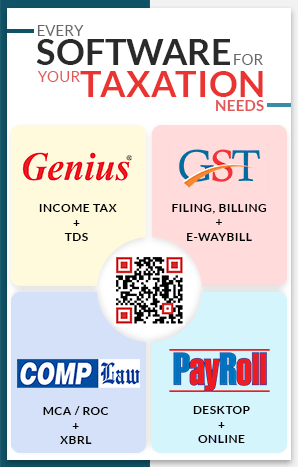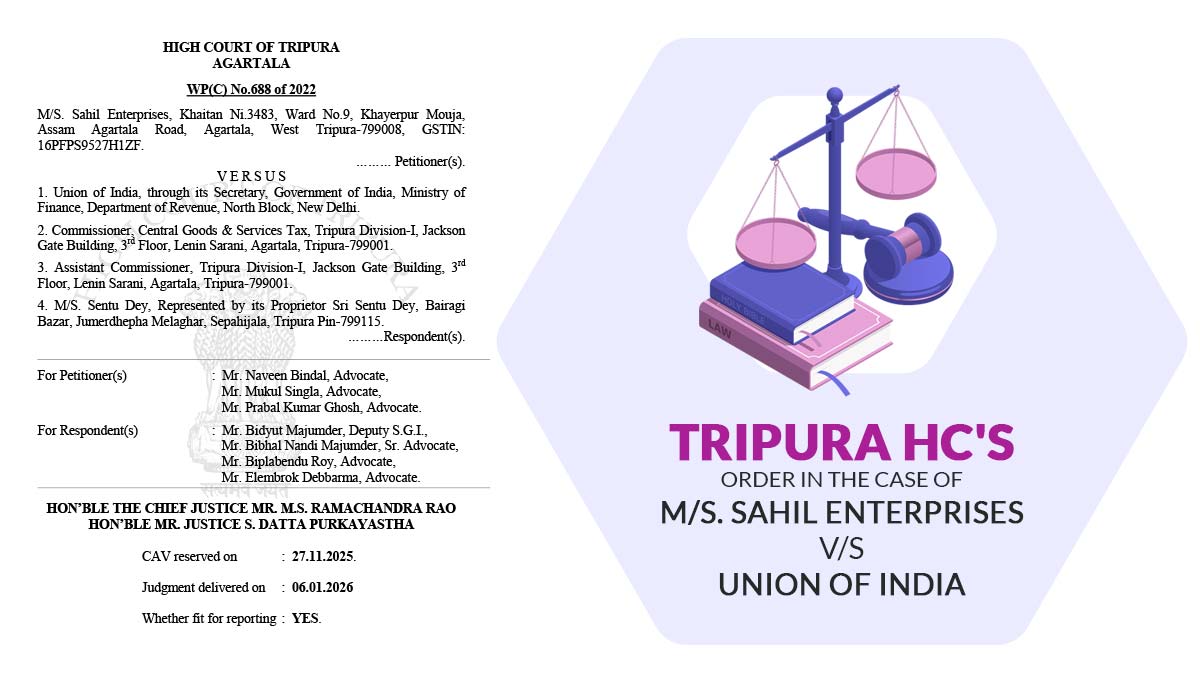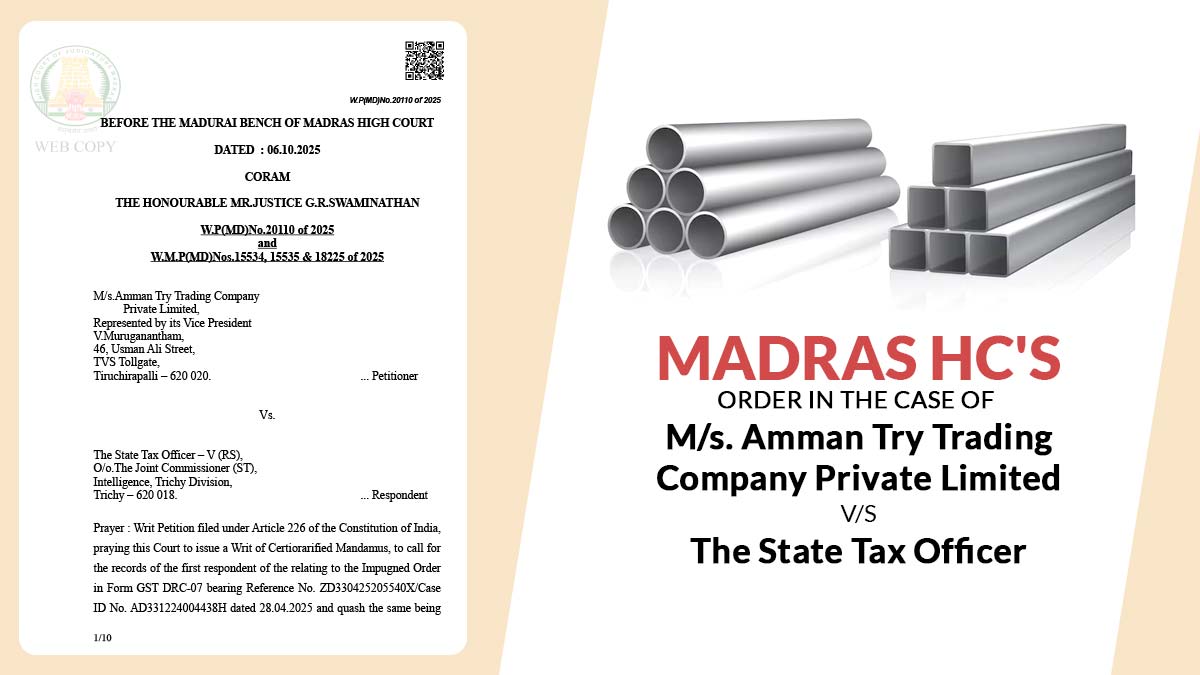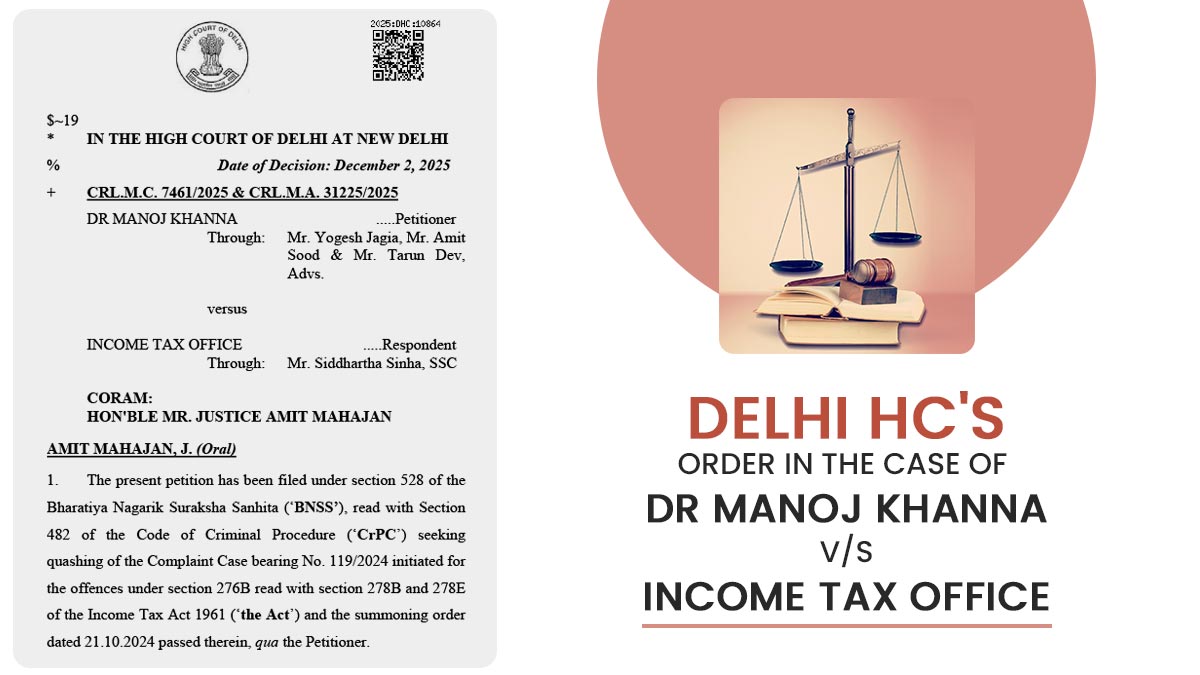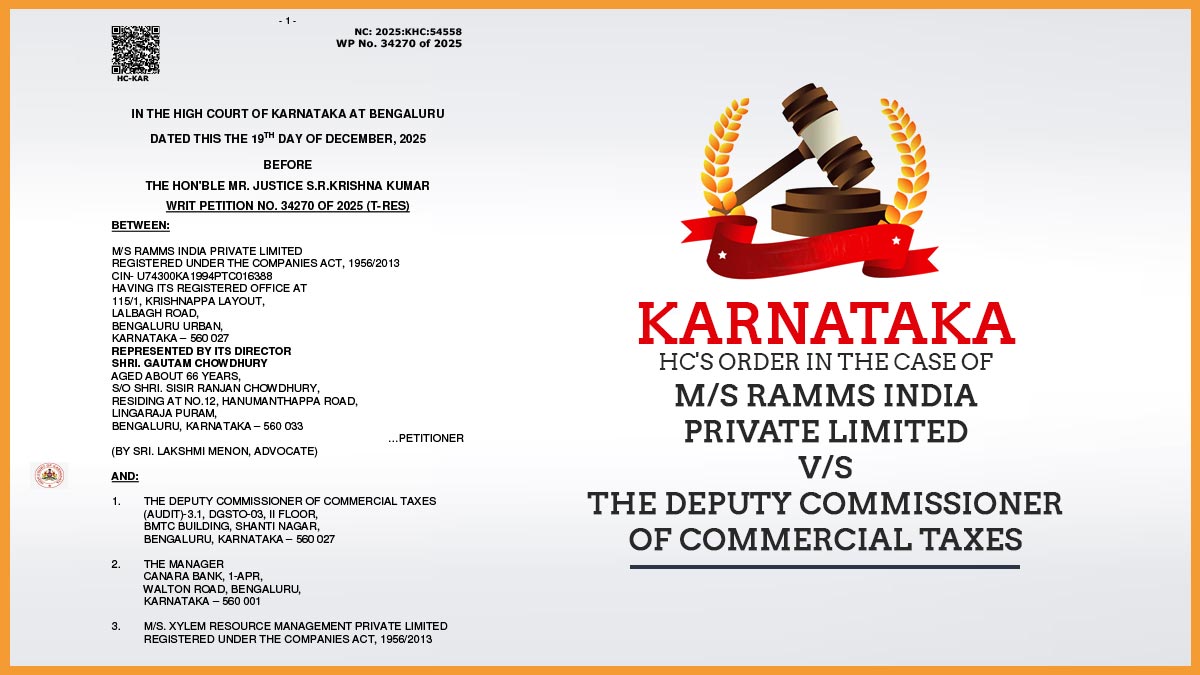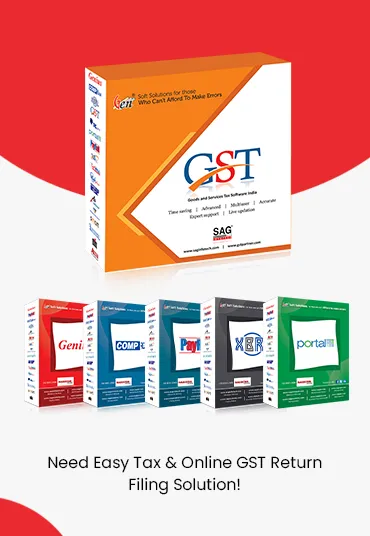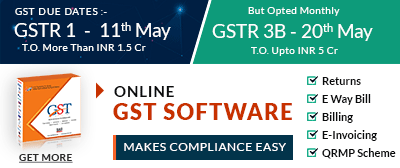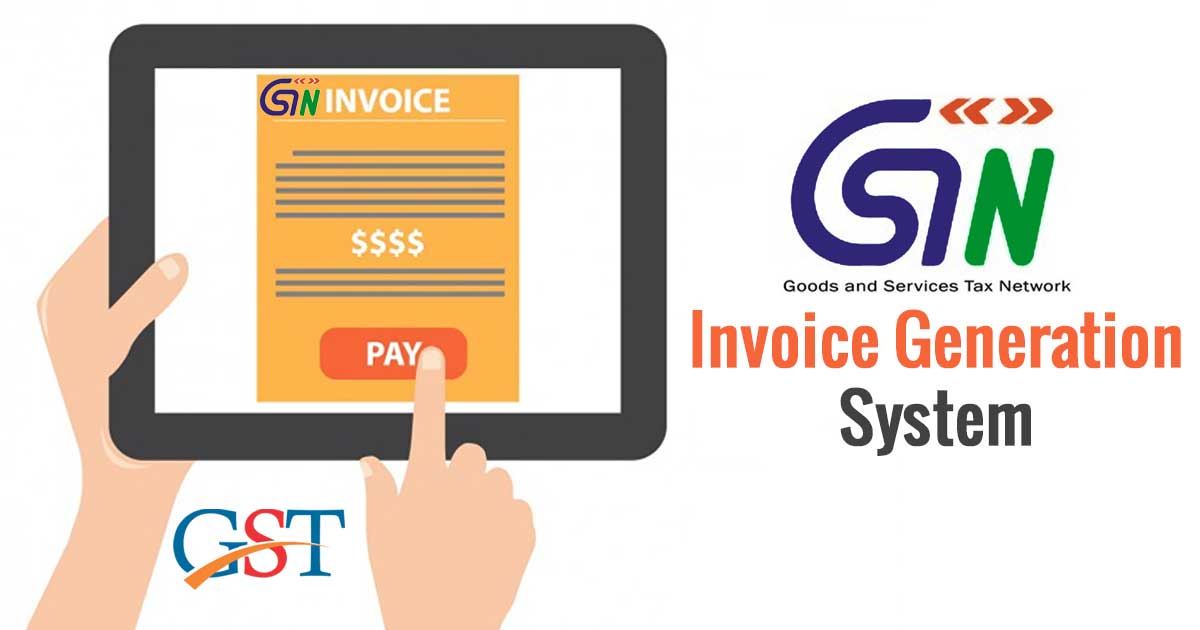
Invoice Generation System is a system which helps taxpayers to generate invoices on behalf of the sellers with accurate details of products and tax rates mentioned in the database. It will be added to the GSTN portal. The Goods and Services Tax Network (GSTN) is facing temporary technical glitches after the implementation of the new tax regime, which is hectic for the country. Any of the new IT systems will take nearly six to nine months to evaluate and solve problems as well as get things in the right manner.
How Invoice Generation System will Work for GSTN?
To clarify the concept of IGS let us understand with an example. Assume 2 firms registered under GST with the names of Firm A and Firm B. Firm A agrees to sell 100 pieces of the shirt to Firm B @ Rs 200 per shirt. GST rate on shirts (garments) is 12 per cent. To generate an invoice, firm A will use IGS by mentioning Firm B’s GSTN number. The IGS will automatically fetch the GST rate from the network and the details of Firm B from the registration records.
After the generation of the invoice, it would show that Firm B have to pay a total of Rs 24,000 to Firm A, including GST – Rs 20,000 is the price of shirts and Rs 4000 as taxes. GSTN, as well as Firm B, can view invoice data online. Firm B will accept the invoice details sent by Firm A to state its acceptance of the invoice. Firm B is entitled to make payments of shirts to Firm A. Here, the role of IGS will be completed and after the GSTN portal is responsible for completing the further process, such as the calculation of input tax credit, matching of invoices and so on. Both A and B firms will pay taxes on the calculations made by the GSTN and the invoice data fetched from the IGS.
Benefits of Invoice Generation System
IGS will benefit with the addition to the GSTN. It is anticipated that it will end in filing multiple registrations and returns under GST. Retail firms can use IGS for creating cash memos at the time of making the final sale to the consumer. IGS account of the retailers will already have details of the stock they received from the wholesaler. The government can collect taxes under GST in the last mile of the transactions, one of the weak points till now. It is anticipated that the addition of IGS at the GSTN portal will bring down the technical glitches in the existing system.
Read Also: Goods and Services Tax Sales Bill and Its Proper Format
Let us understand the issues faced by the taxpayers in the existing GSTN system. However, it was created in such a way to handle 300 crores of invoices uploaded by one crore traders in a month, and the system is not able to handle the heavy rush at a time. It faces a frequent slowdown, and the system will require many new upgrades. For example, while generating an invoice in the system with multiple rates and items, the GSTN system determines only the first item of the invoice and treats the remaining items as duplicates.
Sometimes users lose data in the system when they switch tabs in order to gather information, such as the details of a supplier claiming input tax credit. Security issues, such as access to unrelated firms, have also been reported under this. These kinds of issues are taken care of as they arise in any of the systems.
Due to the technical glitches at the GSTN portal, the deadlines for filing returns of GSTR 1, GSTR 2 and GSTR 3 have been extended by the government. Although the extensions for filing returns under GST give enough time to traders as well as the GSTN. The processing of refunds as well as the transfer of money to state governments, has been blocked by the government. Due to this, the monthly settlement cycle of the GSTN is being delayed.
Invoice Generation System Added to the GSTN from 1st Oct 2020
The new system was added to the Goods and Services Tax (GSTN) Network with the name of Invoice Generation System (IGS), and it will be owned by the Government.
For preparing invoices and payment of taxes under GST, business entities can use Invoice Generation System (IGS).
It is implemented in a phased manner as follows:
| Date of Applicability | Turnover Threshold | Notification No. & Date |
|---|---|---|
| 01/10/2020 | ₹500 Crores | 61/2020 dated 30/07/2020 |
| 01/01/2021 | ₹100 Crores | 88/2020 dated 10/11/2020 |
| 01/04/2021 | ₹50 Crores | 05/2021 dated 08/03/2021 |
| 01/04/2022 | ₹20 Crores | 01/2022 dated 24/02/2022 |
| 01/10/2022 | ₹10 Crores | 17/2022 dated 01/08/2022 |
| 01/08/2023 | ₹5 Crores | 10/2023 dated 10/05/2023 |



